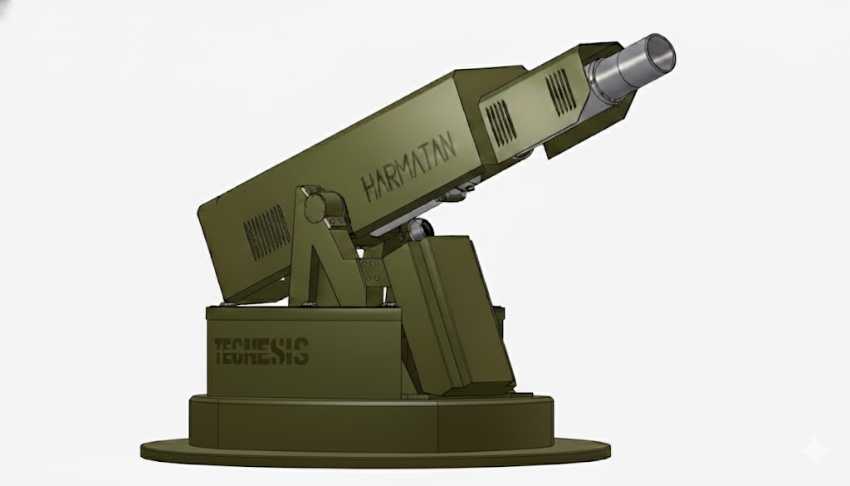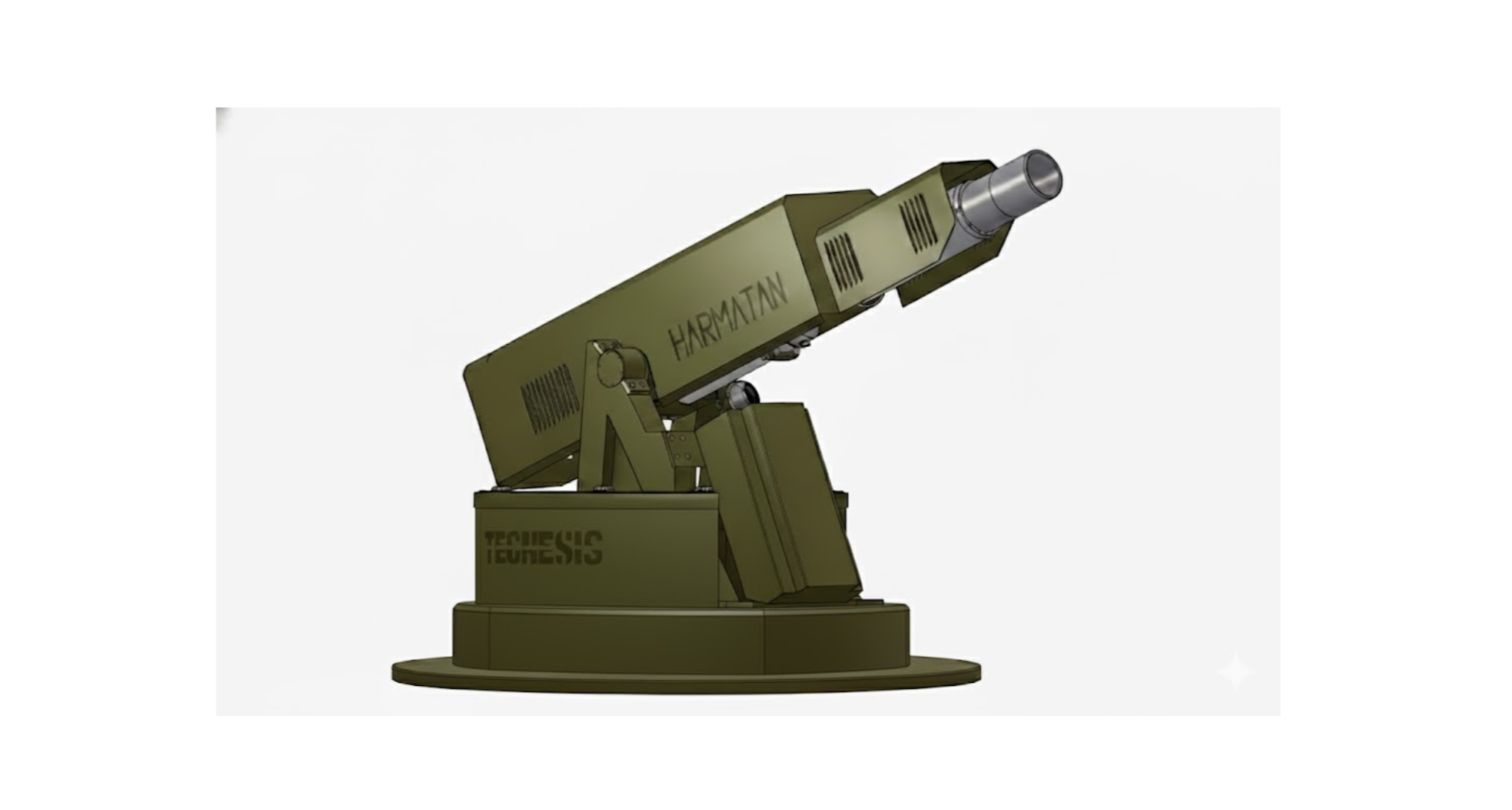Modern artillery and mortar tactics in ongoing conflicts, such as the one in Ukraine, show how a traditional arm of warfare is being reshaped by drones, precision sensors, and industrial-scale ammunition production. The Russo-Ukrainian war is, in many respects, an artillery war: both sides rely heavily on tube artillery, Multiple Launch Rocket Systems (MLRS) and mortars to shape the battlefield, attrit enemy forces and deny freedom of movement. However, the employment of these systems has changed dramatically compared with previous doctrines.
Before 2022, Russian doctrine emphasized large artillery concentrations delivering overwhelming area fire in support of relatively rigid maneuver formations. That approach remains visible — Russia continues to fire greater volumes of shells and treats artillery as a principal means of engaging enemy forces — but the character of artillery employment has evolved. New actors such as reconnaissance and attack drones, counter-battery radars and networked sensors have driven a shift from massed, prolonged barrages to a hybrid model sometimes called “mass-precision”: high volumes of fires cued and focused by real-time targeting data to strike specific high-value targets.
But this trend is reciprocal: counter-battery systems and attack drones pose a grave threat to mortar and gun lines, which has made survivability through dispersion, concealment and mobility a tactical imperative. In this context, Tecnesis 3000 has developed HARMATÁN, a vehicle-mounted 120 mm mortar system designed for rapid integration on a range of platforms — tracked armored transports, wheeled armored vehicles and lightweight tactical vehicles.

HARMATÁN combines a recoil-mitigating mounting and compact turret architecture that reduce the transmitted forces to the host chassis, enabling installation on lighter platforms while preserving accuracy and platform integrity. The turret provides 360° traverse and allows firing with vehicle attitudes of up to ±15° (pitch/roll compensated by the fire-control system), enabling rapid “shoot-and-scoot” employment from multiple positions. With a maximum effective range of approximately 9 km (depending on ammunition type), steep-angle firing capability and an automated ballistic solution that integrates GNSS/INS and onboard IMU data, HARMATÁN is intended to deliver fast engagement cycles, rapid target acquisition and quick displacement. Its software supports automatic aiming, ballistic computation and digital link-up with observation assets and higher-level C2 nodes.
Tecnesis 3000 positions HARMATÁN as a pragmatic response to the evolving threat environment — a system that prioritizes mobility, survivability and digital integration to operate effectively against cheap but dangerous threats such as attack drones and advanced counter-battery systems.


